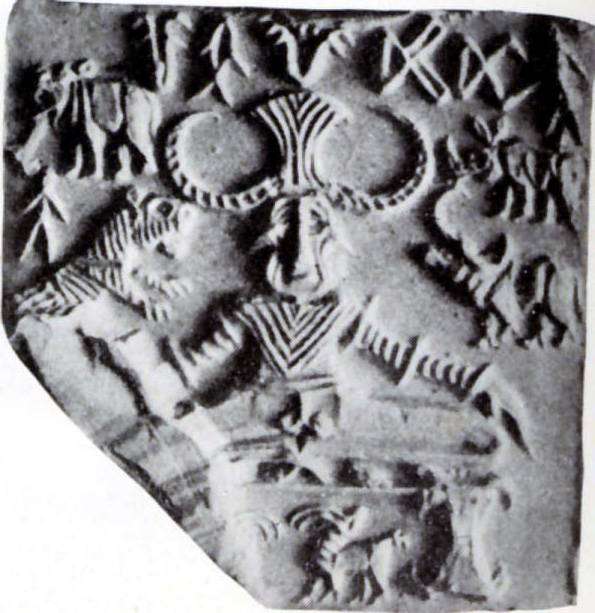
Indusvölgyi pecsételők
The Indus civilization peaked around 2500 B.C.E. in the western part of South Asia. Geographically, it was spread over an area of some 1,250,000 km², comprising the whole of modern-day Pakistan and parts of modern-day India and Afghanistan. The Indus civilization is among the world's earliest civilizations, contemporary to the great Bronze Age.

Cities of the Indus Valley Linking to Thinking
India - Indus Valley, Harappan, Bronze Age: While the Indus (or Harappan) civilization may be considered the culmination of a long process indigenous to the Indus valley, a number of parallels exist between developments on the Indus River and the rise of civilization in Mesopotamia. It is striking to compare the Indus with this better-known and more fully documented region and to see how.
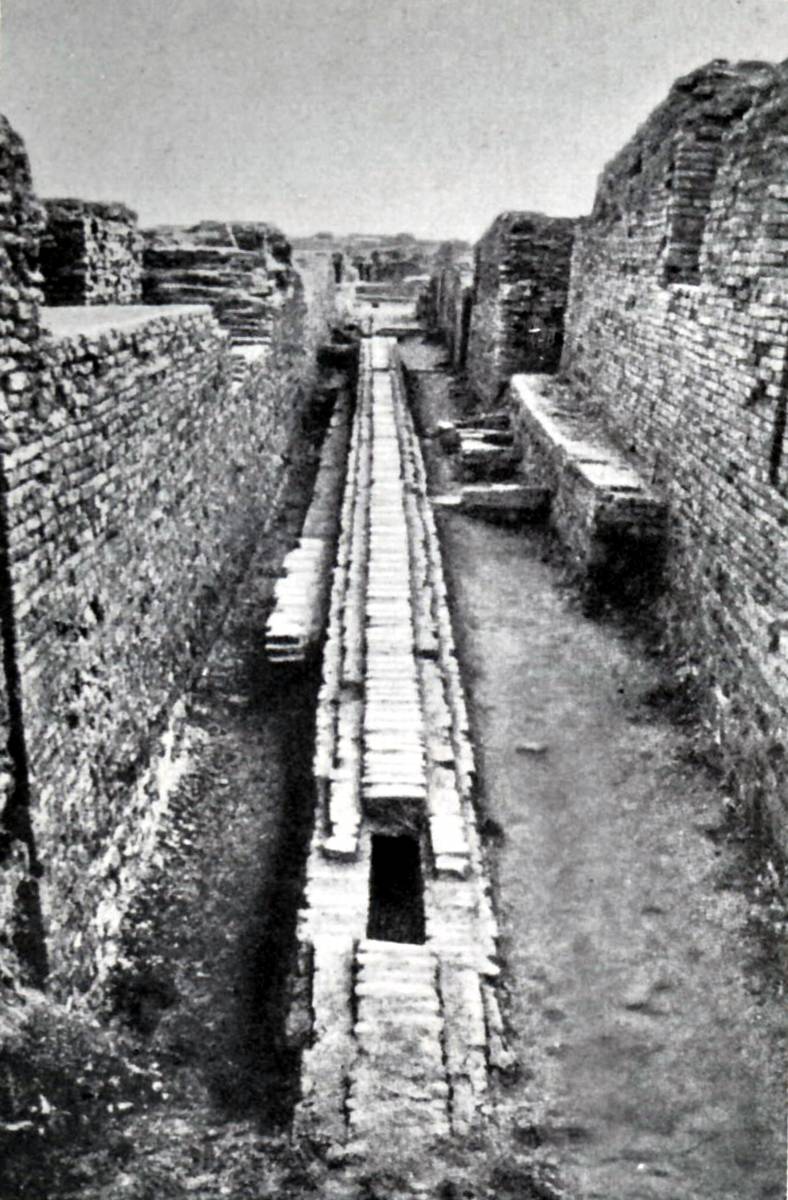
Az Indusvölgyi civilizáció építészete
Overview. The Indus River Valley Civilization, 3300-1300 BCE, also known as the Harappan Civilization, extended from modern-day northeast Afghanistan to Pakistan and northwest India. Important innovations of this civilization include standardized weights and measures, seal carving, and metallurgy with copper, bronze, lead, and tin.
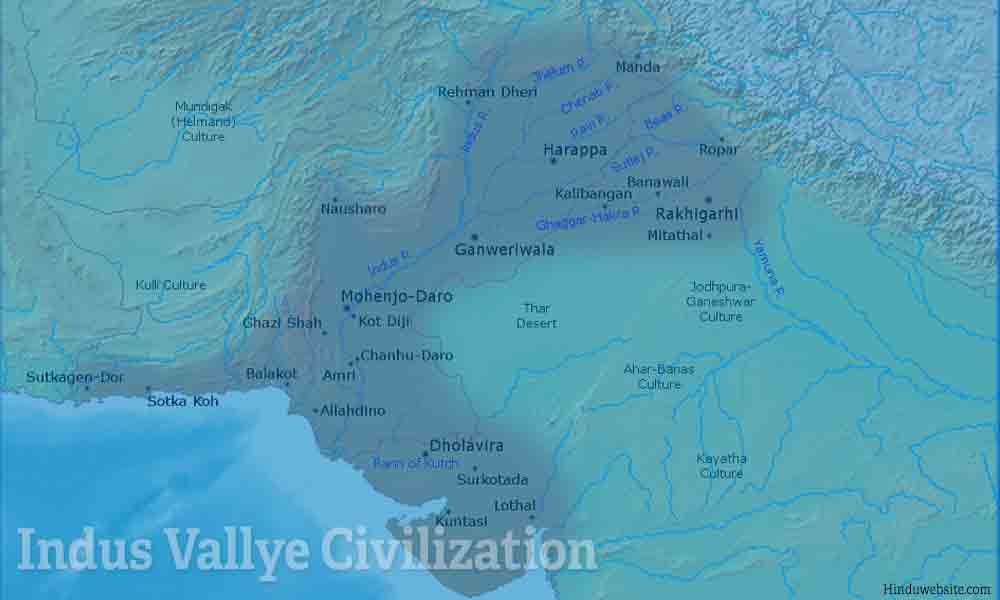
The Religion of the Indus Valley Civilization
Az Indus-völgyi kultúrák és főbb települések Kr. e. 1900-1300 között. Az Indus-völgyi civilizáció történetéről nem állnak rendelkezésre írásos források. A régészeti leletek tanúsága szerint az i. e. 4. évezred folyamán az őslakosság településein megjelentek a nyugati és déli irányból érkező bevándorlók.
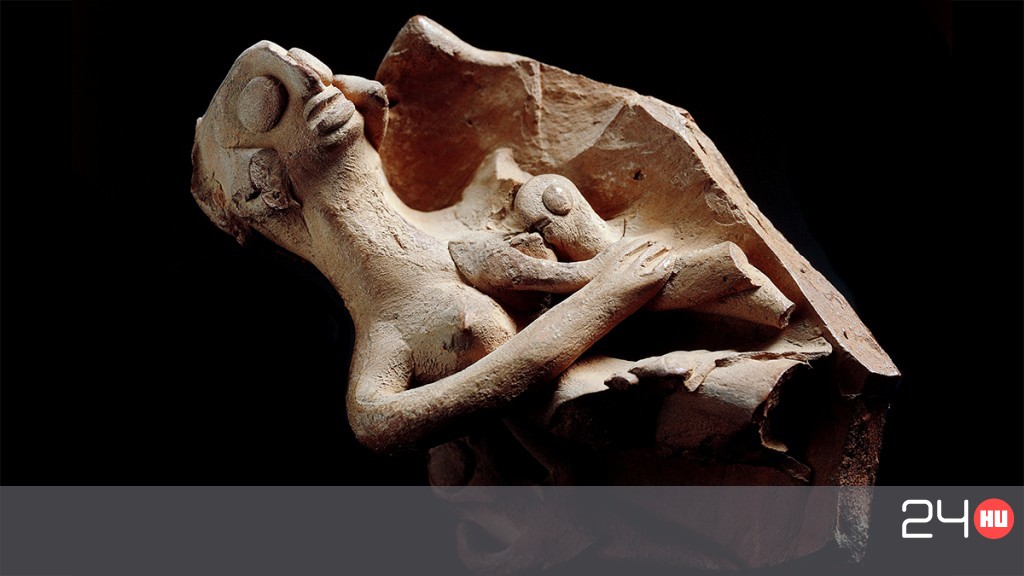
Az Indusvölgyi civilizáció még annál is öregebb, mint gondoltuk 24.hu
Indus-völgyi civilizáció - Az Indus folyó völgyében az őshonos neolitikus kultúrából kialakult városközpontú civilizáció, a folyammenti kultúrák egyike. Gyökerei a Kr. e. 4. évezredig nyúlnak vissza, virágkorát a Kr. e. 3. évezredben élte. Két legnagyobb városának - amelyek a mai Pakisztánban Mohendzsó-Dáró és Harrapá területén találhatóak.

Történelem 9. I. AZ ŐSKOR ÉS AZ ÓKORI KELET 6. Az ókori India és Kína
Indus Valley Civilisation. Excavated ruins of Mohenjo-daro, Sindh province, Pakistan, showing the Great Bath in the foreground. Mohenjo-daro, on the right bank of the Indus River, is a UNESCO World Heritage Site, the first site in South Asia to be so declared. Miniature votive images or toy models from Harappa, c. 2500 BCE.
.png)
Indus Valley Civilisation Wikiwand
Az Indus-völgyi civilizáció írását nem sikerült igazán megfejtenünk. Nem írták le az „Indus" szót. A Védákban találkozunk először a „Sindhu" szóval, amely később azonban megváltozott vagy másképp ejtették ki, vagy más olyan szavakká alakult, amelyeket most Indiával kapcsolunk össze.
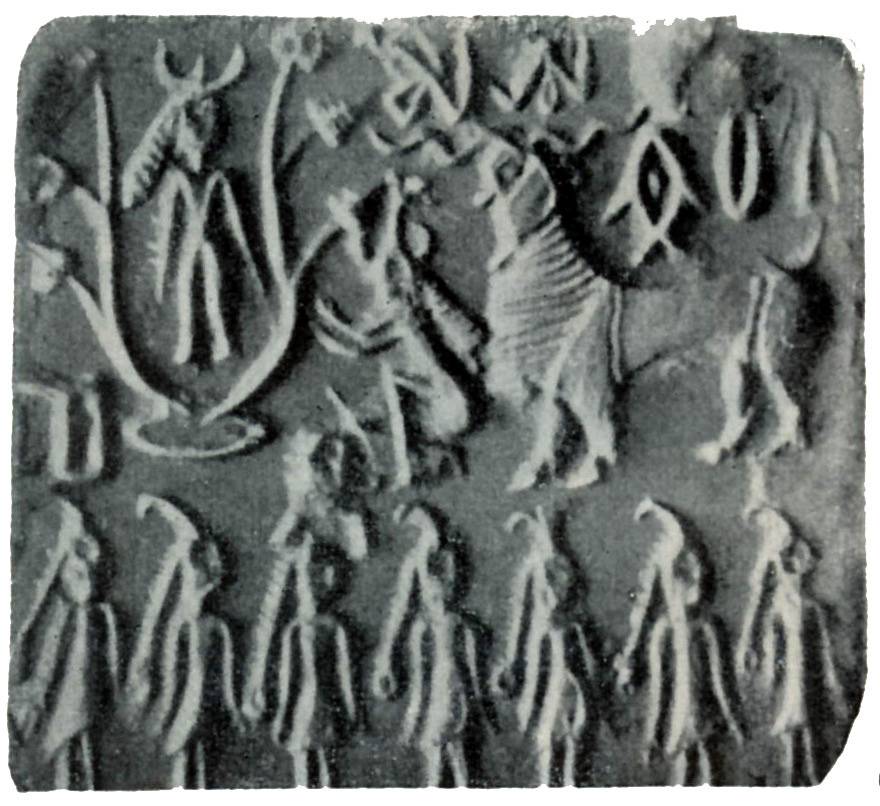
Indusvölgyi pecsételők
The Indus Valley Civilization, (mature period 2600-1900 BCE), abbreviated IVC, was an Bronze Age civilization that flourished in the Indus River basin.It was centred mostly in the western part of the Indian Subcontinent and flourished around the Indus river basin. Primarily centered along the Indus and the Punjab region, the civilization extended into the en:Ghaggar-Hakra River valley and.

Indus Valley Civilization MCQs for UPSC Archives THE LIVE LEARNS
Az Indus-völgyi civilizáció, mely Északnyugat-Indiát, Pakisztánt és Északkelet-Afganisztánt is magában foglalta, olyan újításokról volt ismert, mint a szabványosított súlyok és mértékegységek, gombok, vízöblítéses WC-k, fejlett vízelvezető rendszerek és nyilvános fürdők. A városai, mint Lothal, Kalibangan.
FileIndus Valley Civilization Science and Technology Heritage of India Gallery Science
The Indus Valley Civilization existed through its early years of 3300-1300 BCE, and its mature period of 2600-1900 BCE. The area of this civilization extended along the Indus River from what today is northeast Afghanistan, into Pakistan and northwest India. The Indus Civilization was the most widespread of the three early civilizations of the.

Early Indus Valley Civilizations Boundless Art History
The Indus Valley Civilization is one of the oldest civilizations in human history. It arose on the Indian subcontinent nearly 5,000 years ago — roughly the same time as the emergence of ancient.

Assignment Indus Valley Civilization
Az Indus-völgyi civilizáció vagy Harappan civilizáció, amely az ősi Harappa városáról kapta a nevét, egy bronzkori civilizáció, amelynek területe az Indus folyó völgye körül húzódott a nyugat-indiai szubkontinensen (a mai Pakisztán és környéke). Az úgynevezett „érett" korszaka körülbelül i. e. 2600-tól i. e.

279 best IndusVölgyi civilizáció images on Pinterest Harappan, Ancient art and Mohenjo daro
Indus civilization, the earliest known urban culture of the Indian subcontinent. The nuclear dates of the civilization appear to be about 2500-1700 bce, though the southern sites may have lasted later into the 2nd millennium bce. Among the world's three earliest civilizations—the other two are those of Mesopotamia and Egypt —the Indus.
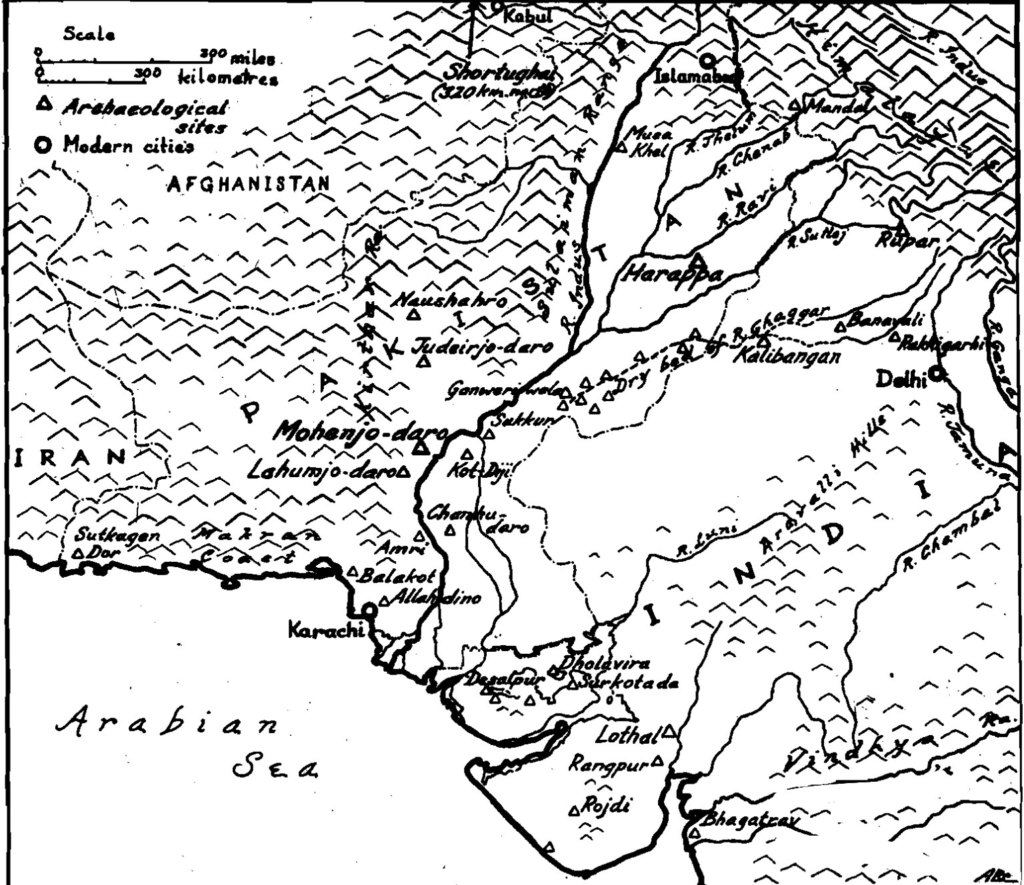
Indus Valley Architecture
Az Indus-völgyi civilizáció városainak maradványai figyelemre méltó szervezettséget mutatnak; voltak jól kialakított szennyvízelvezető és szemétgyűjtő rendszerek, sőt valószínűleg voltak közfürdők és magtárak is a gabona őrzésére. A legtöbb városlakó kézműves vagy kereskedő volt, akik különálló negyedekben csoportosultak.
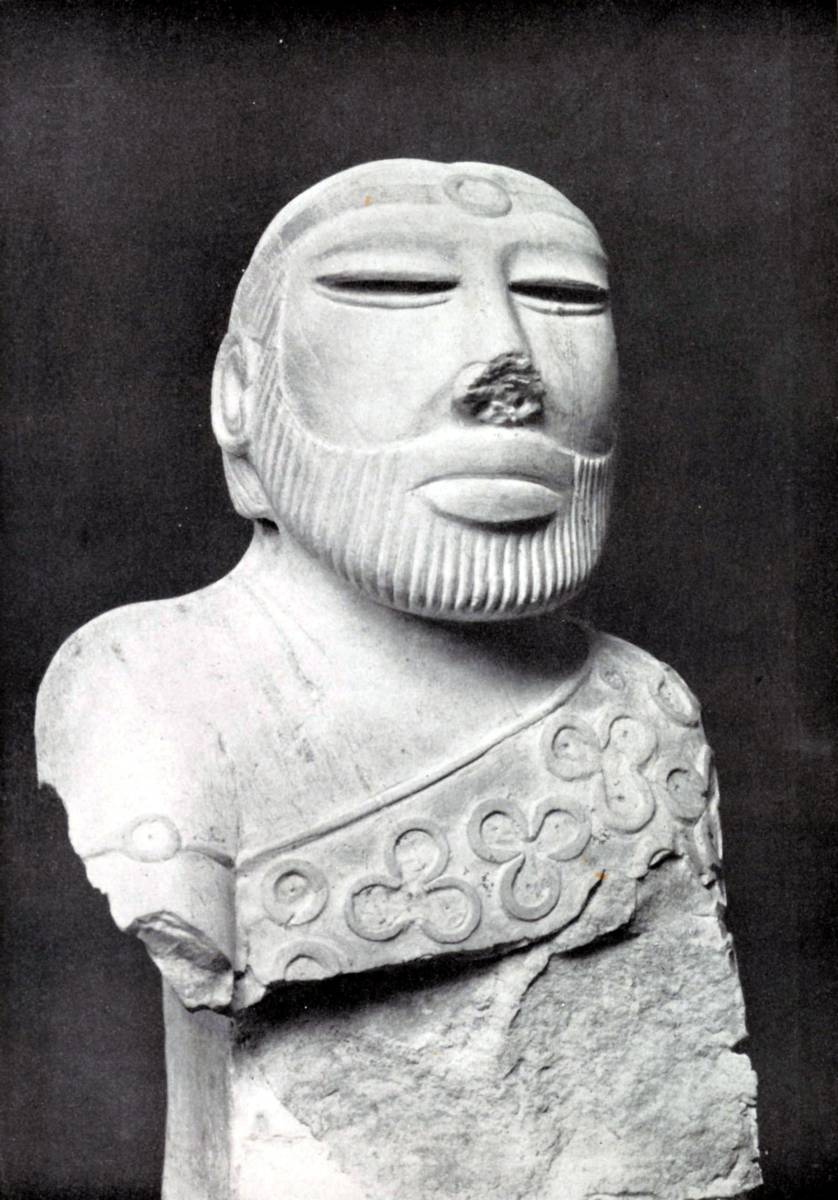
Az Indusvölgyi civilizáció szobrászata
A civilizáció stratégiai elhelyezkedése a fő kereskedelmi útvonalak mentén. lehetővé tette , hogy hosszú távú kereskedelemben vegyenek részt, és gazdasági kapcsolatokat. alakítsanak ki a szomszédos társadalmakkal. Az Indus-völgyi emberek képzett kereskedők voltak, és különféle árukat cseréltek, köztük.

Adria Tours Indusvölgyi kolostoroktól, Kőrösi Csoma Sándor szobájáig India
The Indus River flows from the Himalayan Mountains south into the Indian Ocean, depositing rich alluvial soil from the mountains along its banks. Its valley (in modern Pakistan and India) thus provided a hospitable environment for population growth for the emerging Indus valley civilization (c. 2800 BCE-1800 BCE).